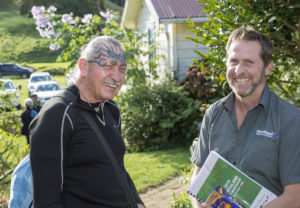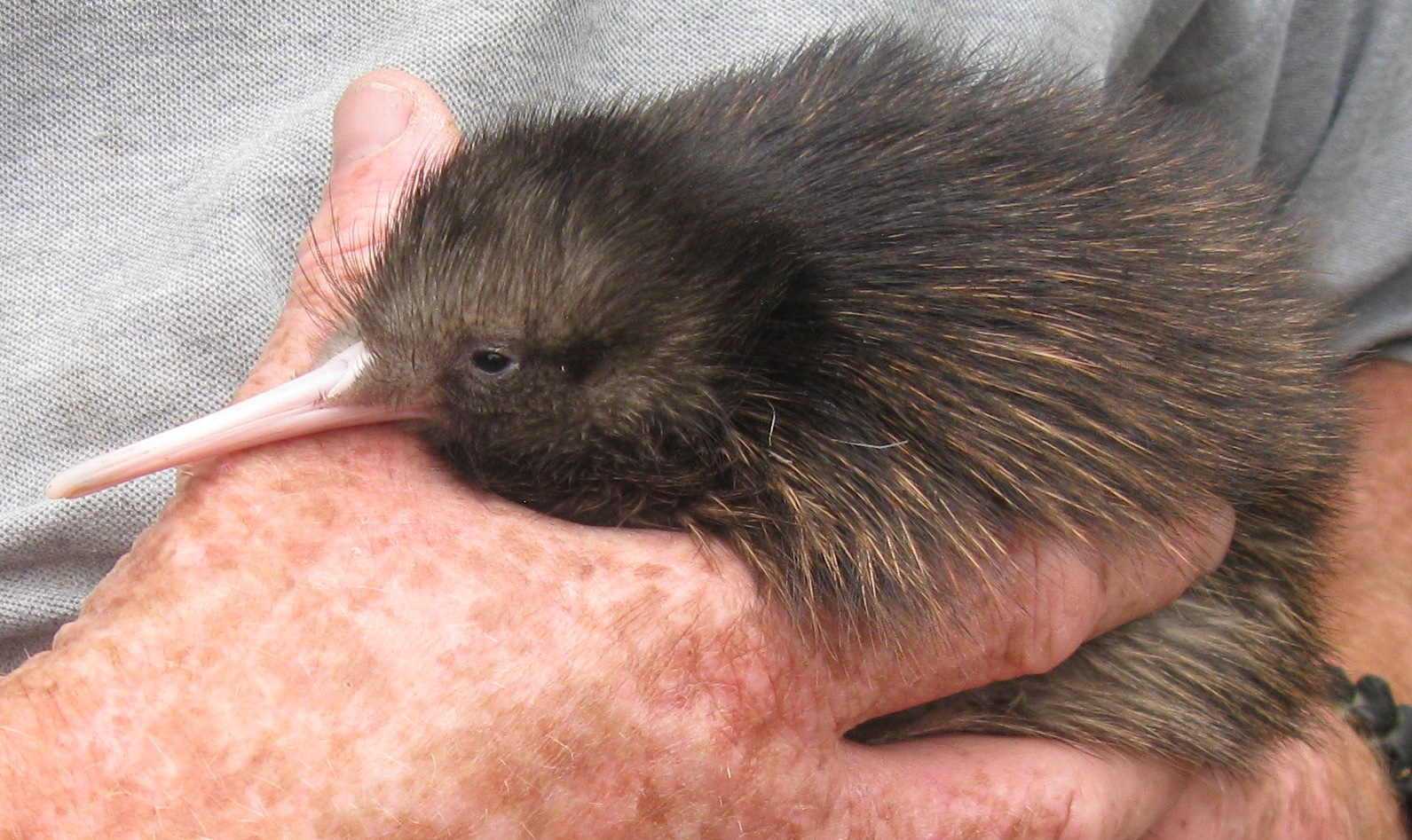 Speaker: Pete Graham
Speaker: Pete Graham
Project/Group: NRC Biosecurity Officer
- Research in the Whangarei Kiwi Sanctuary* showed predator trapping over time became less and less effective as a residual population of ‘trap-wise’ or ‘trap-shy’ predators built up and kiwi chick survival rates decreased
- A controlled pulse of a toxin with secondary poisoning effects every 3 – 5 years will reduce trapwise stoats and keep kiwi numbers going up
- Toxins with secondary poisoning effects include brodifacoum and 1080
- Establish a bait station network using mini philproof bait stations. Rule of thumb is a bait station every 50 m along lines no wider than 100m apart.
- Bait station networks following ridges and spurs work well in Northland, rather than a grid
- Use all the tools in your pest control toolbox. Combine trapping with a pulse of toxin when needed, and cycle through toxins to get the best effects and reduce the build up of residual pests.
*HA Robertson, E Craig, C Gardiner & PJ Graham (2016): Short pulse of 1080 improves the survival of brown kiwi chicks in an area subjected to long-term stoat trapping, New Zealand Journal of Zoology.





